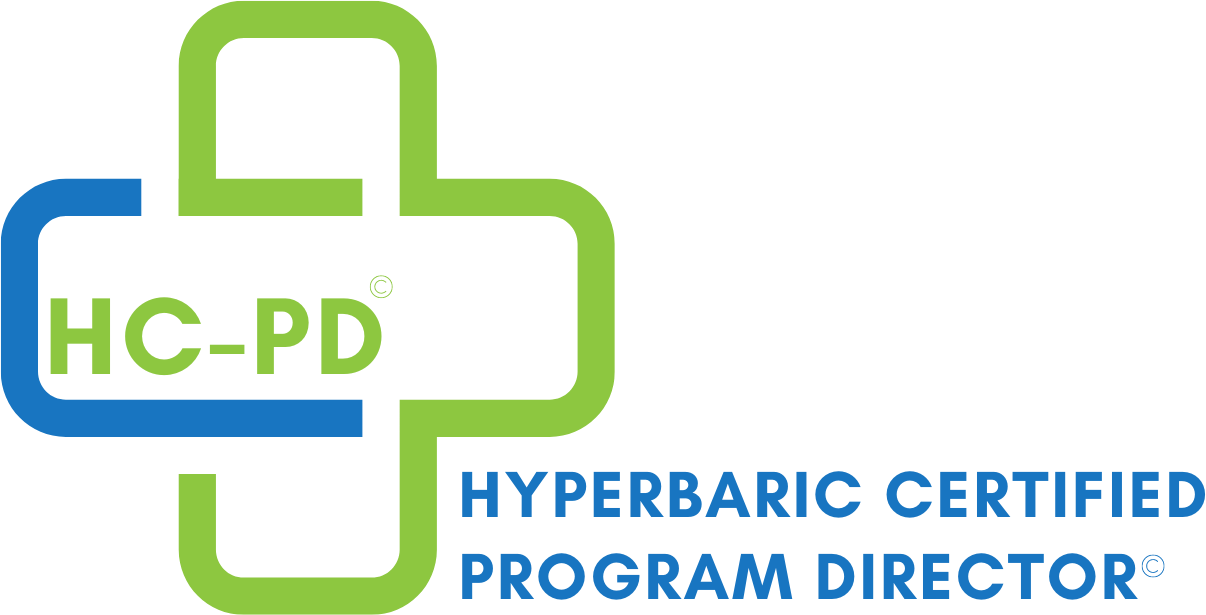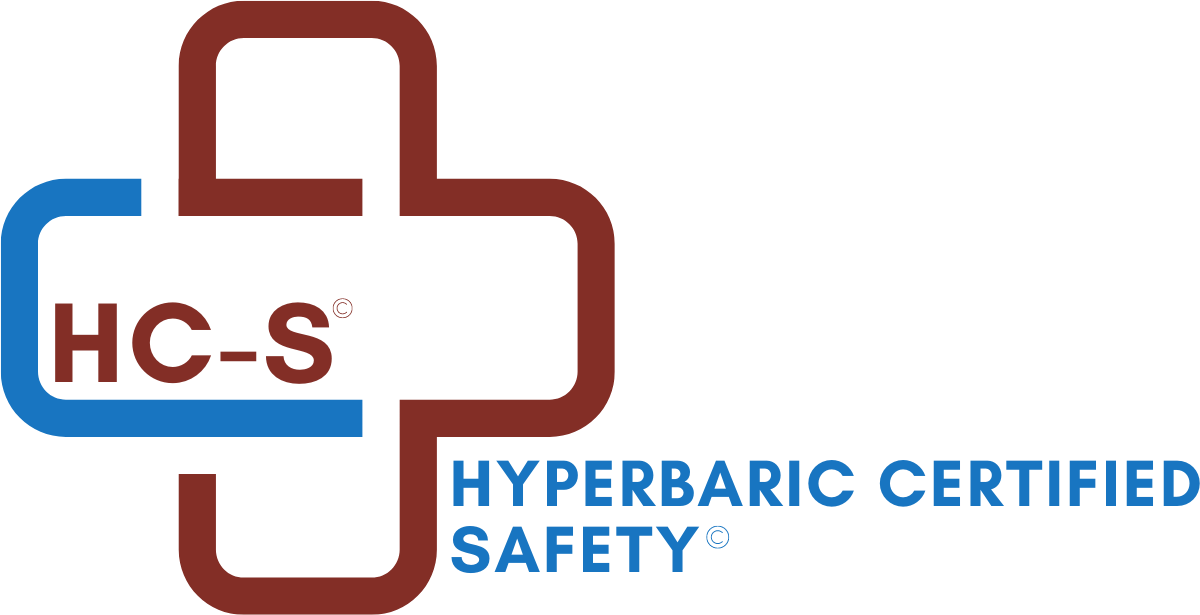Rx Pad
Wound Dressing Selection
Question: Patients present to the wound care practitioner in a myriad of ways, how does the practitioner decide how to manage the wound?
Answer: For the clinician today, the job of selecting a dressing can be daunting. The first step in wound dressing selection is to apply the four basic goals of wound healing.
- The first goal is to maintain a moist healing environment. Moist wound healing promotes epithelialization, enhances autolytic debridement, prevents wound desiccation, and decreases pain.
- The second goal is to remove eschar and debris from the wound bed. This will decrease bioburden, improve epithelialization, and decrease inflammation.
- The third goal is to control exudate. Increased exudate can cause periwound maceration and contributes to an increased bioburden in the wound.
- The fourth goal is to prevent further wounding. Patients may unknowingly traumatize their wounds due to neuropathy, or a dressing or product may be chosen that actually traumatizes the wound or surrounding skin.
If we take the 4 principles of dressing selection and expand upon Ovington’s methodology, the practice of dressing selection using goals, form, and function, we will have a systematic way to select the proper dressings. A nursing assessment of the wound, patient, and setting must occur prior to selecting the dressing. It is essential that the dressing match the patient, the wound, and the setting in order to obtain the optimal result.
Ovington gives an all-purpose performance-based approach to using wound dressings by asking six basic assessment questions when deciding on a wound dressing:
- What does the wound need? Determined by a complete assessment of the wound and surrounding tissues. Assessment is performed at each dressing change, including the initial. Apply the goals. Anticipate that the needs of the wound will change as the tissue envelope normalizes and the healing process progresses.
- What does the product do? This is the function. Read the product literature and clinical data available.
- How well does it do it? Examine clinical studies and laboratory comparisons to other products in the same category. Talk with other clinicians. Evaluate it on your patients. Does the dressing perform as it is stated? Not all dressings are equal.
- What does the patient need? Comprehensive assessment of the patient, including psychosocial. Do they need a dressing that does not require daily changes, do they need protection from trauma, or is there a large amount of exudate?
- What is available? Health insurance coverage, facility formulary, and reimbursement?
- What is practical? Examine the goals of wound management. Does the dressing choice satisfy the goals? Is the dressing easy to apply (patient/family), easy to obtain, and cost-effective?
Cost effectiveness of the product will need to be considered during the selection process. This means understanding indirect costs as well as the direct cost involved in wound care. Direct cost examples include, but are not limited to the primary and secondary dressings, pharmacy, caregiver time, and diagnostic procedures. Indirect costs are similar to overhead costs, and include examples such as increased length of stay, treatment complications, and litigation. The clinician should read published studies critically to take cost-per-unit outcome into account to determine if treatment measures are indeed cost effective. Sometimes the most expensive product can be less expensive in the long run because it leads to faster healing with a reduced amount of complications.
Reference: Larson-Lohr V, Norvell H, Josefsen L, Wilcox J et al. Hyperbaric Nursing and Wound Care. Flagstaff, AZ: Best Publishing Company: 2010.
© Wound Care Education Partners. All Rights Reserved.
Excerpted from Textbook of Chronic Wound Care: An Evidence-Based Approach to Diagnosis and Treatment with permission from the publisher.
Are you seeking a certification in wound care? Our 25.5 hour Wound Care Certification Prep Course and Refresher Training will prepare you to sit for almost any wound care certification exam.
 |
Textbook of Chronic Wound Care: An Evidence-Based Approach for Diagnosis and Treatment Textbook of Chronic Wound Care: An Evidence-Based Approach for Diagnosis and Treatment (book) |
When you subscribe to the blog, we will send you an e-mail when there are new updates on the site so you wouldn't miss them.


Comments